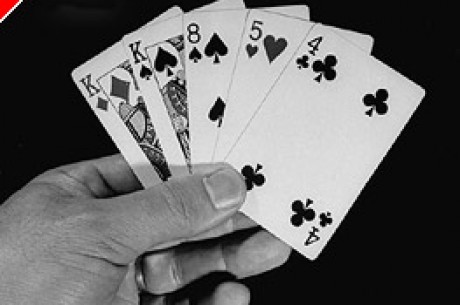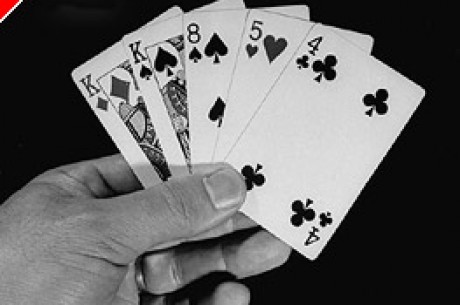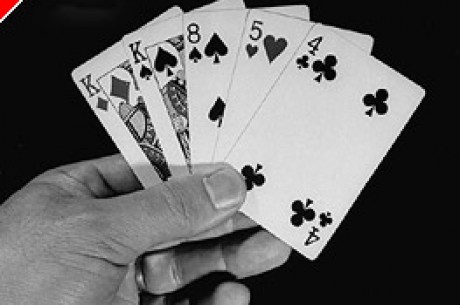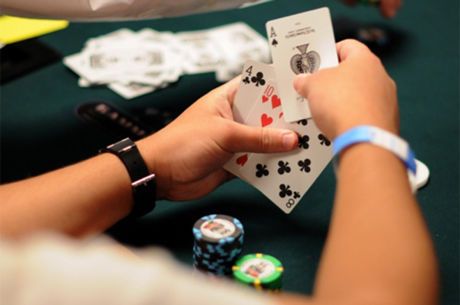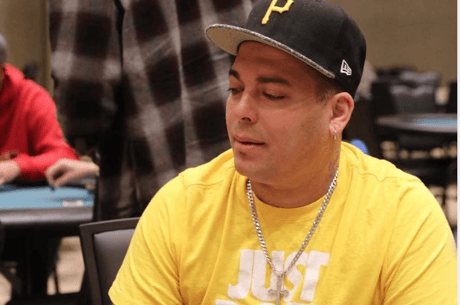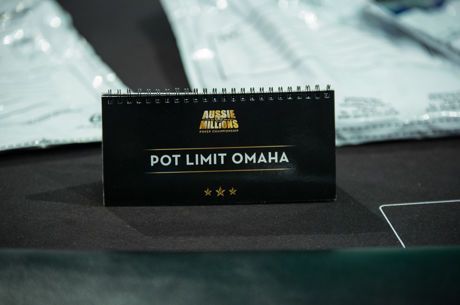Intro to Omaha - Pot Limit - Swinging High and Low
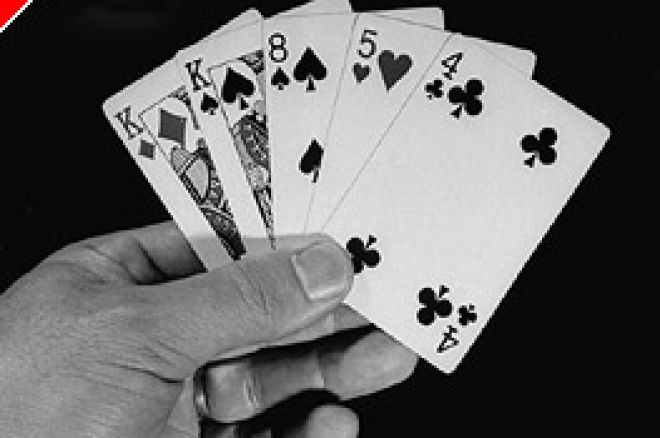
Tony is a regular on-line and card room player living in England. He mostly plays Texas Hold'em and Omaha (High and Split) at fixed, pot and no limit, at both cash and tournament tables.
Introduction
This week, I will take a look at playing Omaha Hi/Lo Split at pot limit. Like pot limit Omaha High, it is necessary to be sure of your footings before launching yourself into the betting ring at Hi/Lo pot limit. With Hi/Lo, you can be sure there will be a lot of interest in the flop from players especially because of the availability of two pots (or more accurately, two half-pots), the high pot and the low pot. Please see my earlier articles on Hi/Lo for some more details on the essential components of this variation.
So, as for Pot Limit Omaha last week, I will play some pot limit Omaha Hi/Lo Split on-line. I have taken $50 into a game with $0.50 and $1 blinds and I will discuss some of the action hands that I see.
Taking the High Road
As I have discussed before, although Hi/Lo Split offers two halves of the pot, it is only the high hand that is guaranteed to receive the spoils. To be paid for the best low hand demands a minimum (perhaps that should read maximum) of 8-high from 5 cards, all of different values. Because suits, straights and pairs play no part in a low hand, players tend to focus on making the nut low hand out of their sundry cards, without regard to the high pot. This results in players hoarding hands that contain an ace and another premium low card such as 2 and 3. They make the mistake sometimes of chasing just the low side, paying full bets into a pot of which they can only realistically win half. They also run the risk of splitting or losing that half pot due to counterfeited cards appearing on the board and matching low hands with other players.
In contrast, the high hand winner rarely splits the high pot and can take the other half too if there is no qualifying low hand. This leads to the conclusion that the best value is had by pursuing hands that have a realistic chance of making the winning high hand.
So, with this strategy of concentrating on high hands, I go into battle:
Action Hand 1:
I am in late position and receive 7c 3c 2h 9h. This is the kind of hand I am talking of where there is a tendency to chase the low with little chance to of making the high pot. Effectively you are giving half your bets away. In this case, I limped in for the flop with a number of others. I soon found out why these hands should be avoided! The flop was Ad 5c Qc giving me a nut low draw, a poor flush draw and a gutshot draw for the 5-high straight (the Wheel). There were some limpers so I decided to be bold and raise to $5 given the outs for both high and low pots. I received one caller. The turn was the 3h - probably the worst possible card as it counterfeited my 3 and, with it, the low draw. The caller immediately put in a maximum pot bet of $15 and I had no option but to fold on the basis that he must hold a 2 4 combination.
Action Hand 2:
Ah Kc Qc 3c. Good high and low potential here. I raise three limpers to $3. All those behind me call so six players see the flop in an $18 pot. The flop is As Qd 5h. My low is compromised by the counterfeited ace but I have top two pair. I get another raft of limping bets before me so I seek to shake them off by raising to $7. The small stack to my left raises all-in $12. One player calls and I have to call too as the initial all-in raise was below the minimum standard raise ($14 in this case) preventing me from re-raising even if I wished to. The turn was a low card and I bet all-in my remaining $27. The live player called. The river made my low and I took the high and low side pots and the high main pot, splitting the small low with the small stack. A healthy pot of $76 comes my way.
Action Hand 3:
This didn't involve me but the showdown occurred between two players who were betting the maximum after a flop of 9 8 7. I didn't note the suits involved on the board but one player showed A A T 7 which was double suited. The other showed T J Q A which won the pot having flopped the nut straight. I do not believe there was a flush draw but I do think it likely that the A A x x hand over-bet after the flop. He had an open-ended straight draw that could not make the nut straight. With 9 8 7 on the flop, his A A combination is almost certainly of little use if the betting is strong. It is another feature of pot limit Omaha that A A x x is often over-bet by its holder after the flop. It is the sort of hand you prefer to re-raise before the flop. In this case, the holder was also weak on the low side after the 8 and 7 appeared on the flop.
Action Hand 4:
The very next hand, I do get involved! In the big blind, I receive Ac 2s As 7c, which is close to the perfect Omaha Hi/Lo hand. Double-suited aces with A 2 for the low side. The 7 is a weak support for the low side. A number of limpers bet $1 and I raise them to $4. I receive several callers. The flop is 7s 8s Ts which gives me the nut flush and a draw for the nut low hand (I need any 6, 5, 4 or 3). The only danger on the high side is a straight flush. The first to bet is the small blind and he immediately bets $3. I am keen to keep some customers so I decide on a small raise to $7. It is called by everyone still in. Clearly the low seekers are sniffing as they cannot all hold two spades. The turn is Js. I don't want to meet anyone with Qs 9s or 9s 6s at this point! Small blind bets $3 so I decide to ask some questions as the pot is already over $60 yet I do not want to lose the low chasers who might have A 3 or 2 3 (I have two of the aces and one of the 2's myself). I decide to re-raise to $20 out of my remaining $58. Amazingly, a couple of callers follow the bet and then the small blind re-raises all-in for $73. I call off my remaining $38. The river is 6c which preserves my nut high (I did not want to see a paired board for fear of a full house) and I take down most of the entire pot. I shared my low A 2 with one of the small stacks. The re-raiser on the end had the K flush. As always in Omaha, you have to fear the nuts.
After a short while I left the table with $138, a profit of $88 achieved in less than an hour. Although I highlighted four hands of note, I twice folded the eventual nut high hands to big raises when holding good cards. In both cases, no low qualifying hand was present and I would have scooped the pots. Because I needed favourable cards to fall on both turn and river, I took the cautionary route on those occasions. The pot odds did not justify the likely amount of bets I would have to pay for the draws I needed.
Conclusion
In my opinion, the secret to success at Omaha Hi/Lo Split is to gun for the high card pots. You increase the probability of scooping the whole pot and are not at the mercy of the low card chasers when the bets get big. My successes in the above game came from the high hands, while I made one mistake limping into a low card chase and suffered a reverse, albeit after flopping some outs for the high pot. At pot limit, you have the added knowledge that one mistake can cost you a big portion of your stack.
Exorcism
4 August 2005
Ed Note: Great Omaha action always at Pacific Poker

